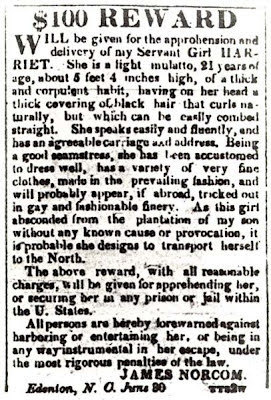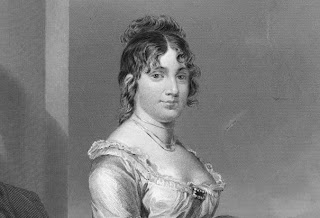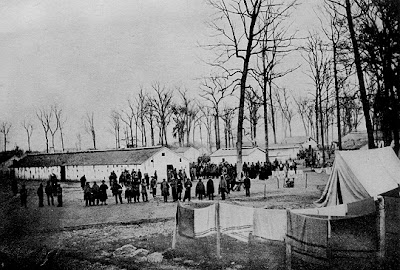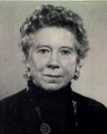Children of Wrath: A Novel (audiobook) by Paul Grossman

I have rarely been carried into another (horrible) world so thoroughly as I was by this audiobook. Published by HighBridge Audio in April of 2012. Read by Kyle Munley. Duration: 12 hours, 13 minutes. Unabridged. Paul Grossman's The Children of Wrath is a dark detective story set in one of the most tragic situations in all of history: The Weimar Republic in the weeks before the rise of the Nazis. A series of murders of boys combined with the impending failure of Germany's experiment with democracy, the collapse of the American stock market and the open street fighting between the Nazis and the Communists makes this tragic piece drip with a sense of the impending descent of Germany into the madness that enveloped it after the Nazis took command. Willi Kraus is the only Jewish detective in the Berlin police force (and perhaps all of Germany). He is a decorated veteran of World War I but his country treats him with no respect because he is Jewish. His fellow detectives


















